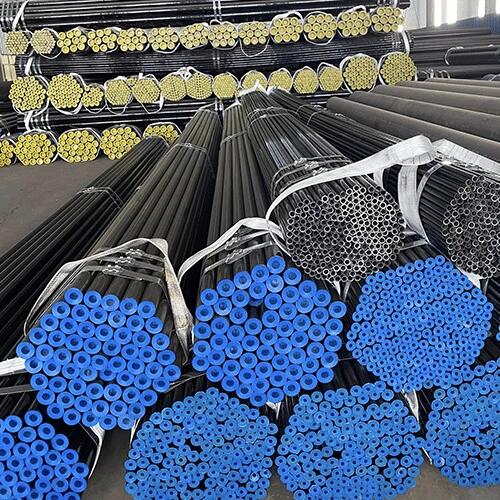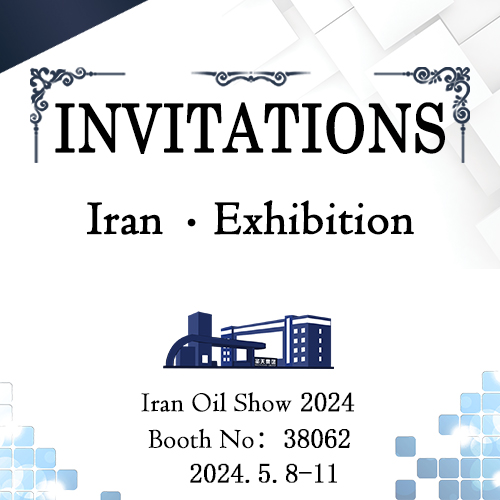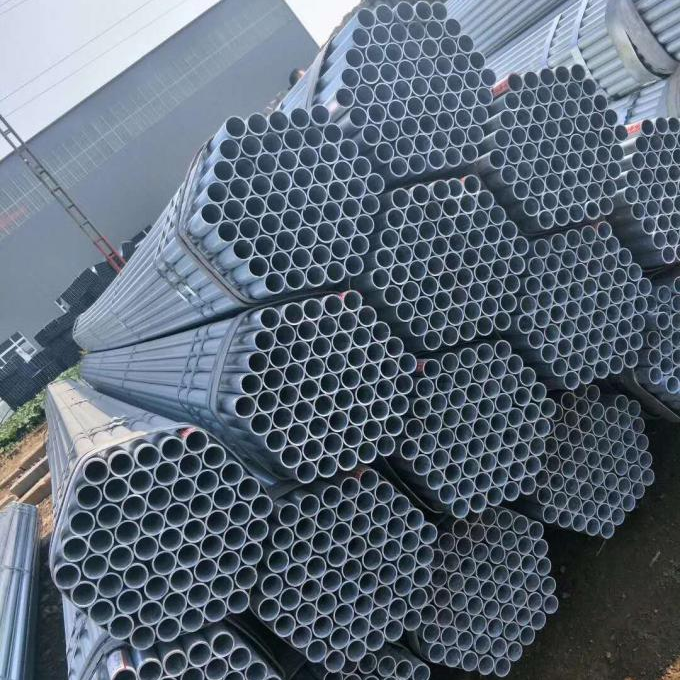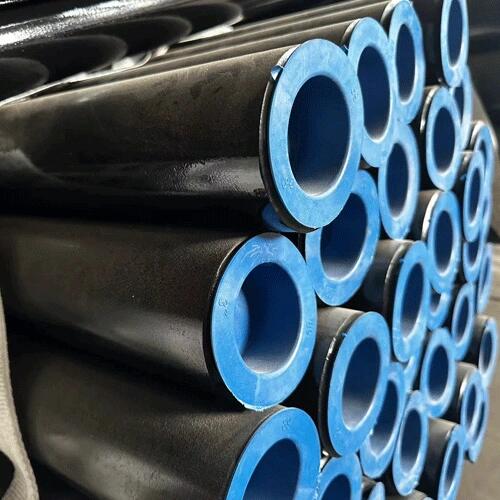The five annealing methods of ASTM A53 seamless carbon steel pipe include: fully annealed, isothermal annealing, and incomplete annealing, spheroidization rigidity, diffusion diffusion.
1. Fully annealed
Process: Heat the steel to 20~30℃ above Ac3, cool it slowly (with the furnace) after holding it for some time to obtain a heat treatment process (complete austenitization) close to the equilibrium structure.
Complete annealing is mainly used for hypereutectoid steels (wc=0.3~0.6%), generally medium carbon steel and low and medium carbon alloy steel castings, forgings, and hot-rolled sections, and sometimes also used for their welded parts. The hardness of low carbon steel is low after being fully annealed, which is not conducive to cutting. When hypereutectoid steel is heated to austenite state above Accm and slowly cooled and annealed, Fe3CⅡ will precipitate along the grain boundary in a network shape, which will increase the strength, hardness, and plasticity of the steel. And the toughness is significantly reduced, leaving hidden dangers to the final heat treatment.
Purpose: Refine grains, uniform structure, eliminate internal stress, reduce hardness, and improve steel machinability. The structure of hypereutectoid steel after complete annealing is F+P.
2. Isothermal annealing
It takes a long time to complete annealing, especially for alloy steels that are relatively stable in undercooled austenitization. If the austenitized steel is cooled quickly to a temperature slightly lower than the Ar1 temperature isothermal, A is transformed into P, and then air-cooled to room temperature, which can greatly shorten the annealing time. This annealing method is called isothermal annealing.
Process: Heat the steel to a temperature higher than Ac3 (or Ac1). After holding for a suitable period, it will be quickly cooled to a certain temperature in the pearlite zone and maintained isothermally to transform austenite into pearlite, and then air-cooled to room temperature The heat-treatment process.
Purpose: Same as complete annealing, the transformation is easier to control.
Suitable for A relatively stable steel: high carbon steel, alloy tool steel, high alloy steel. Isothermal annealing is also conducive to obtaining uniform structure and properties. But it is not suitable for large section steel parts and large batches of charge, because isothermal annealing is not easy to make the inside of the workpiece or the batch of workpieces reach the isothermal temperature.
3. Incomplete annealing
Process: The steel is heated to Ac1~Ac3 (hypereutectoid steel) or Ac1~Accm (hypereutectoid steel) and then slowly cooled to obtain a heat treatment process close to equilibrium structure.
Mainly used for hypereutectoid steel to obtain spherical pearlite structure to eliminate internal stress, reduce hardness, and improve machinability. Spheroidizing annealing is a kind of incomplete annealing.
4. Spheroidizing annealing
A heat treatment process to spheroid carbides in steel to obtain granular pearlite.
Process: Heat to a temperature of 20~30℃ above Ac1, and the holding time should not be too long, generally 2~4h. The cooling method is usually furnace cooling, or a long time of isothermal at about 20℃ below Ar1.
Mainly used for eutectoid steel and hypereutectoid steel, such as carbon tool steel, alloy tool steel, bearing steel, etc. After rolling and forging, the air-cooled structure of hypereutectoid steel is lamellar pearlite and network cementite. This structure is hard and brittle, not only difficult to cut, but also easy to deform and crack in the subsequent quenching process. Spheroidizing annealing obtains spherical pearlite. In the spherical pearlite, cementite is spherical fine particles, which are dispersed on the ferrite matrix. Compared with flaky pearlite, spherical pearlite not only has a lower hardness and is convenient for cutting, but also when quenching and heating, the austenite grains are not easy to be coarse, and the deformation and cracking tendency during cooling are small. If the hypereutectoid steel has network cementite, it must be eliminated by the normalizing process before spheroidizing annealing to ensure the normal spheroidizing annealing.
Purpose: Reduce hardness, uniform structure, improve machinability, and prepare the structure for quenching. There are many spheroidizing annealing process methods, mainly including:
a) One-time spheroidizing annealing process: heat the steel to 20~30℃ above Ac1, keep it for a proper time, and then slowly cool down with the furnace. The original structure before annealing is required to be fine flake pearlite, and no cementite network is allowed.
b) Isothermal spheroidizing annealing process: After heating and holding the steel, it is cooled to a temperature slightly lower than Ar1 with the furnace for isothermal (generally 10~30℃ below Ar1). After the isothermal is finished, the furnace is slowly cooled to about 500°C and then air-cooled. It has the advantages of the short cycle, uniform spheroidization, and easy quality control.
c) Reciprocating spheroidizing annealing process.
5. Diffusion annealing (homogenization annealing)
Process: A heat treatment process in which steel ingots, castings, or forging billets are heated to a temperature slightly below the solidus temperature for a long time, and then slowly cooled to eliminate uneven chemical composition.
Purpose: Eliminate dendrite segregation and regional segregation during the solidification of the ingot, and homogenize the composition and structure.
The heating temperature of diffusion annealing is very high, usually 100~200℃ above Ac3 or Accm. The specific temperature depends on the degree of segregation and the steel type. The holding time is generally 10~15 hours. After diffusion annealing, complete annealing and normalizing treatment are required to refine the structure. Used in some high-quality alloy steel and alloy steel castings and steel ingots with serious segregation.
 Which Material is Used for ASTM standards Boiler Pipes?
Which Material is Used for ASTM standards Boiler Pipes?
 Shengtian Group will go to Iran to participate in the oil and gas exhibition
Shengtian Group will go to Iran to participate in the oil and gas exhibition
 How to apply hot dipped galvanized steel pipe?
How to apply hot dipped galvanized steel pipe?
 Why should Seamless steel pipes be epoxy powder coated?
Why should Seamless steel pipes be epoxy powder coated?